By Louise Irvine
During Afternoon Tea Week, we featured some novelty teapots from the Art of Tea exhibition at WMODA. Now we are highlighting Rob Stern’s giant glass teapot and the whimsical showstopper by Christian Thirion which are on loan for our Mad Hatter’s Tea Party exhibit. Neither of these quirky glass art designs are functional teapots and they got us thinking about teapots without tea – as useless as a chocolate teapot!
Crystal Clear Tea
Glass is not the ideal material for serving hot tea because of thermal shock and vintage glass tea wares have rarely survived unless they were made of heat-resistant borosilicate glass. Teapots evolved from Chinese vessels to serve wine and glass tea bowls were used in ancient China during the Tang Dynasty (618-906 A.D.) when a special tea equipage started to evolve. Teapots are still used for serving wine in Korea today. Read more in Crystal Clear Tea.
Animated Teapots
The teapot is one of the most distinctive shapes in design and evokes domestic warmth, childhood whimsy and the human form. We are familiar with the shape from the nursery, singing and dancing along to the 1939 song I’m a Little Teapot. We make the handle with one arm, the spout with another and generally let off steam. The warm comfort of the teapot is symbolized in the jovial Mrs. Potts in Disney’s Beauty and the Beast. Her young son Chip is always getting into trouble and is portrayed as a broken teacup.
Utah Teapot
The humble teapot was the first 3D reference object used in computer graphics and digital animation in the 1970s. Inspired by pouring a cup of tea, the Utah teapot was chosen to test algorithms for coding complex objects into a computer. The Utah teapot is sometimes jokingly referred to as the sixth Platonic solid, the teapotahedron, and it became an inside-joke to hide it in computer generated films such as Toy Story. The inspirational teapot can still be purchased today.
Murano Millefiori
Decorative glass teapots were made in Murano by the Fratelli Toso company which was founded in 1854. The brothers specialized in millefiori designs created from colorful canes of glass that have been fused together to make tiny beads known as murrine. Occasionally, some of their functional teapots and teacups come on the market but the fragile glass was not best suited to serving hot tea. Even if not practical, Venetian glass is always decorative and the Murano hot shops made teapot-shaped vases and paperweights for the collectors market. No doubt many tea-loving tourists in Venice bought them as souvenirs.
Kitchen to Hotshop
A visit to Murano captivated Christian Thirion, a young pastry chef from France, and inspired a new career. Thirion moved to California in 1979 to open a restaurant but he became more interested in glass. Initially, he worked with stained glass but as soon as he handled the blow pipe with molten glass, he knew this was what he wanted to do and left the kitchen. In 1992, Christian Thirion moved to the Finger Lakes area of New York, not far from Corning, and opened a hot shop and glass gallery.
Confections in Glass
Thirion’s elegant party teapots are enhanced with spirals of color and have a whimsical teacup and saucer balanced on top. He once compared glassmaking with chocolate as they both start as liquid and are sculpted before they become hard. Christian Thirion also makes sweet confections in glass using his own chocolate truffles as inspiration. Dr. Unjeria Jackson, the author of Teapots by Design, is a fan of Thirion’s work and has loaned one of his glass teapots to WMODA.
Pour It & Eat It!
A chocolate teapot is an analogy for an item which is impossible to use. “You are about as useless as a chocolate teapot!” The pot is expected to melt with hot water but the Naked Scientists tested the theory in 2008 and inspired some fully functioning chocolate teapots. You can watch how Nestle’s made a chocolate teapot on YouTube. The chocolate interior melts gradually so they probably taste better for serving cocoa or making chocolate fondue for dipping strawberries. Of course, you can always eat the teapot after an entertaining meal. Don’t confuse it for the chocolate-colored Brown Betty teapot which has been made of Staffordshire Red Ware for hundreds of years.
Mad Hatter’s Teapot
Rob Stern loaned his giant glass teapot for our Mad Hatter’s Tea Table and the vivid orange and green design was ideal for our zany Wonderland extravaganza. It can now be seen in the Art of Tea gallery together with some other crazy ceramic teapots which are also just for show. Rob made this teapot for Amy Morgan’s invitational teapots show at her gallery in Pittsburgh, PA. The annual show ran for 12 years and was a multi-media celebration of the time-honored vessel. The teapot is symbolic of gathering and people coming together for a tea party or ceremony and continues to inspire the creativity of artists working in glass and other materials today.
Watch Nestle Make a Chocolate Teapot
Watch the Brown Betty teapot being made
Read more about...
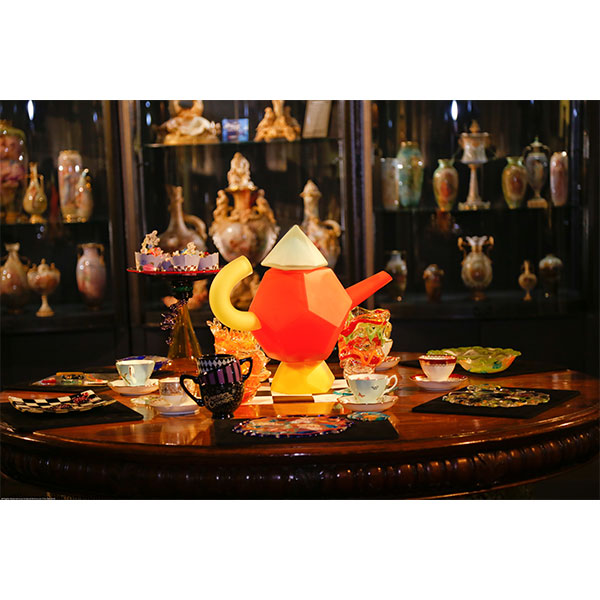
Rob Stern Mad Hatter’s Teapot
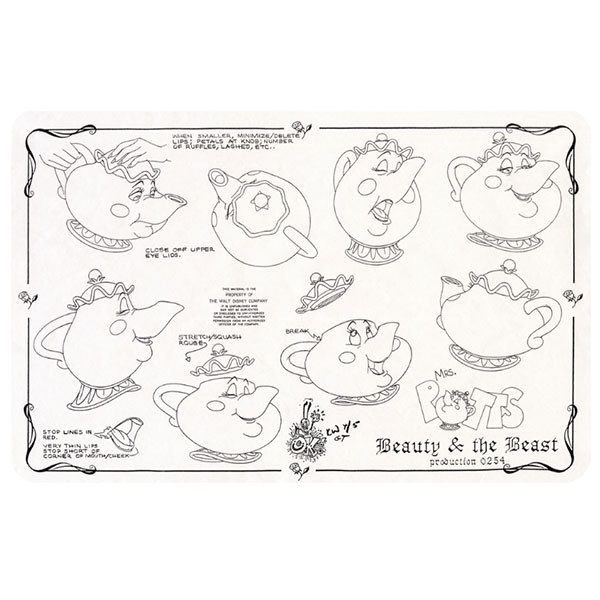
Mrs Potts from Disney’s Beauty and the Beast
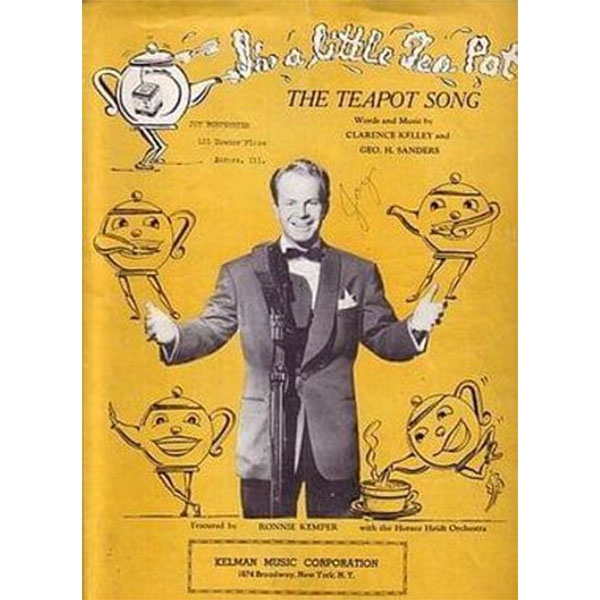
Teapot Song
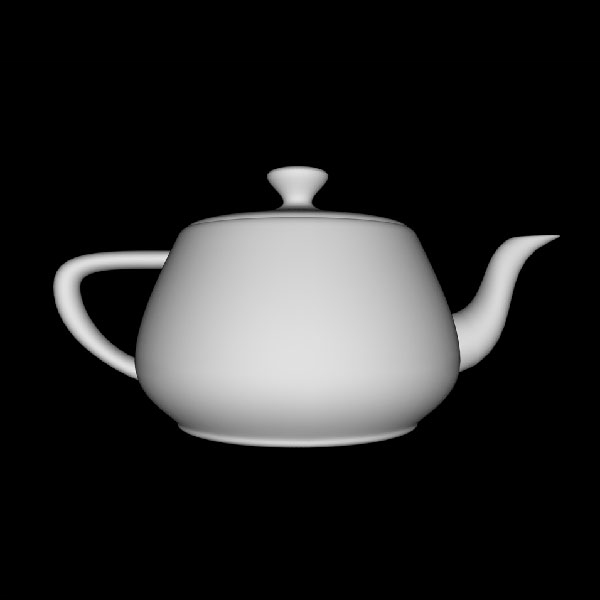
Utah Teapot Computer Model
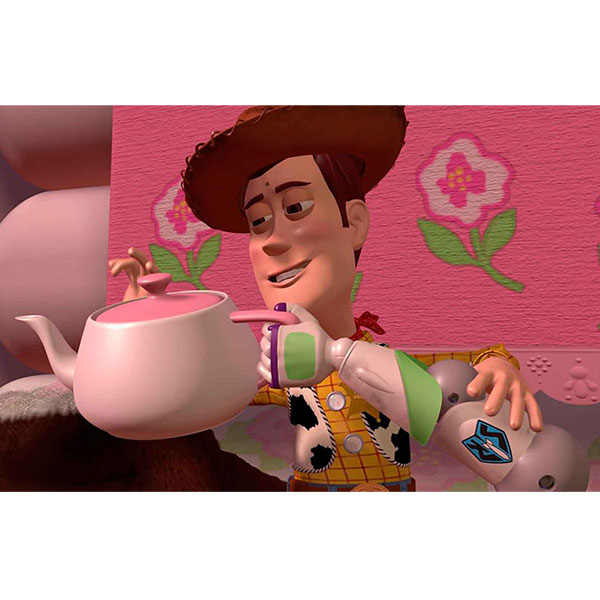
Utah Teapot in Toy Story
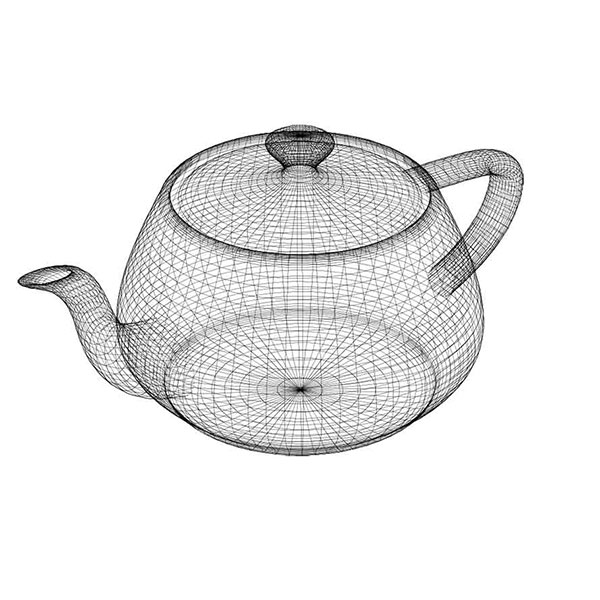
Utah Teapot
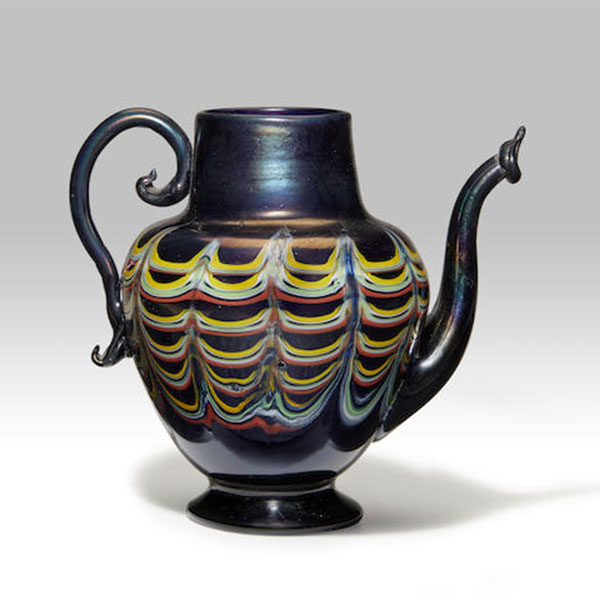
Fratelli Toso Fenicio Decorative Glass Teapot Bonhams
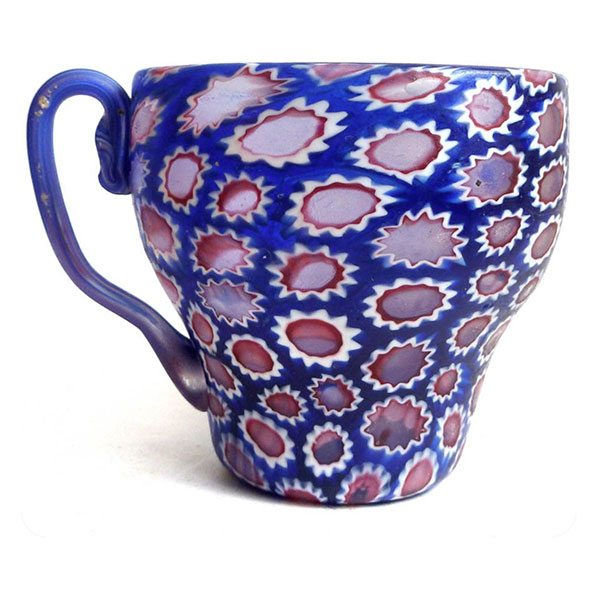
Fratelli Toso Murrine Teacup
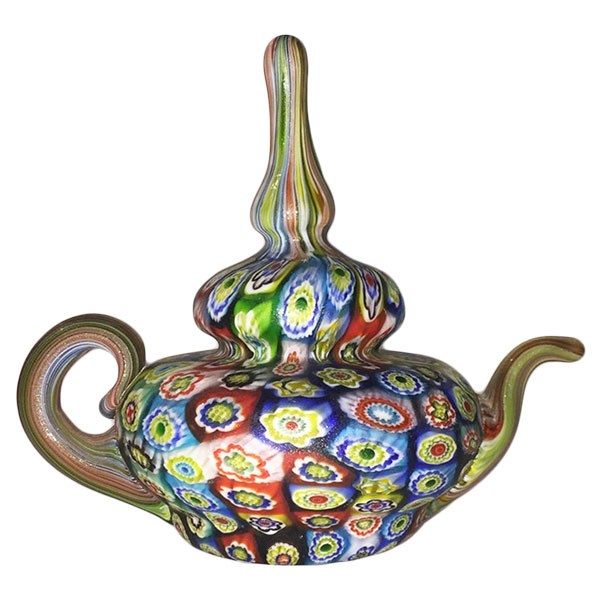
Fratelli Toso Paperweight
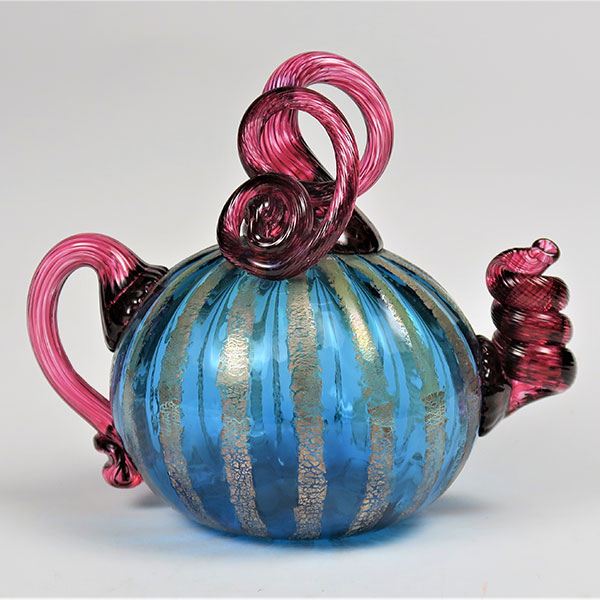
Murano Decorative Glass Teapot
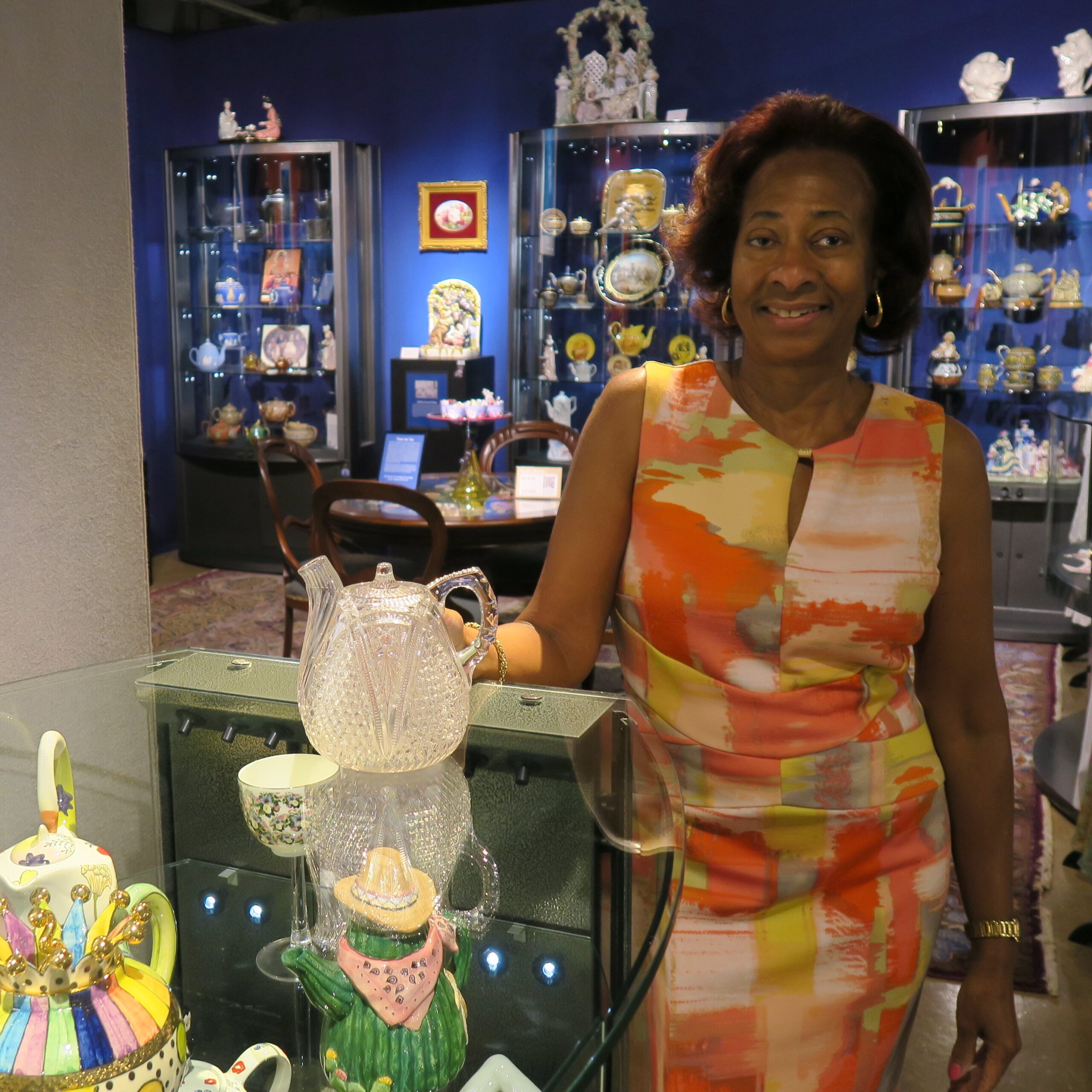
Dr. Unjeria Jackson with one of her glass teapots
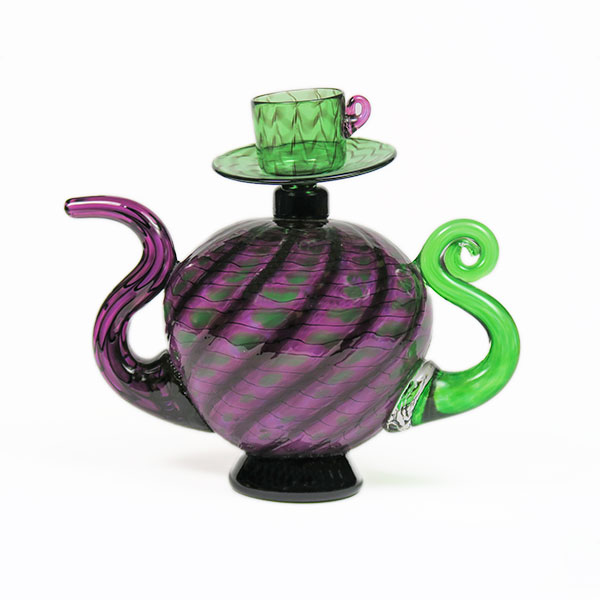
Glass Teapot by Christian Thirion
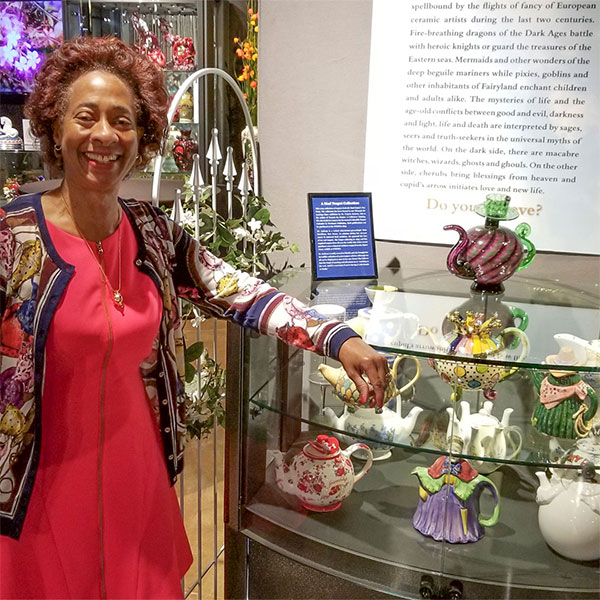
Dr. Unjeria Jackson with her Whimsical Teapots
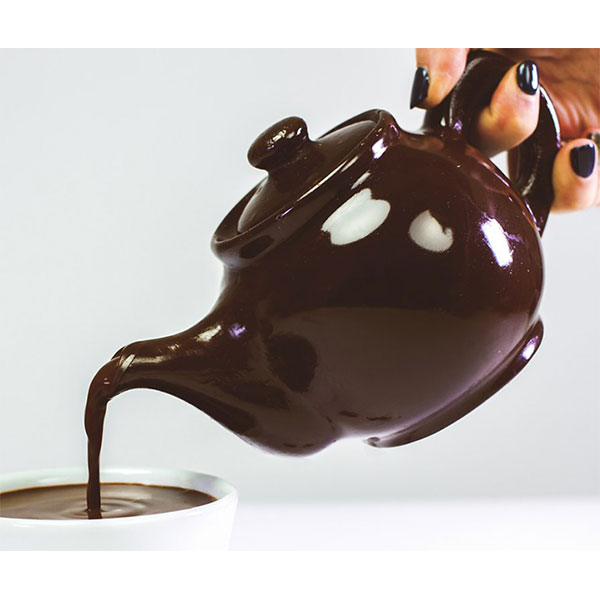
Real Chocolate Teapot
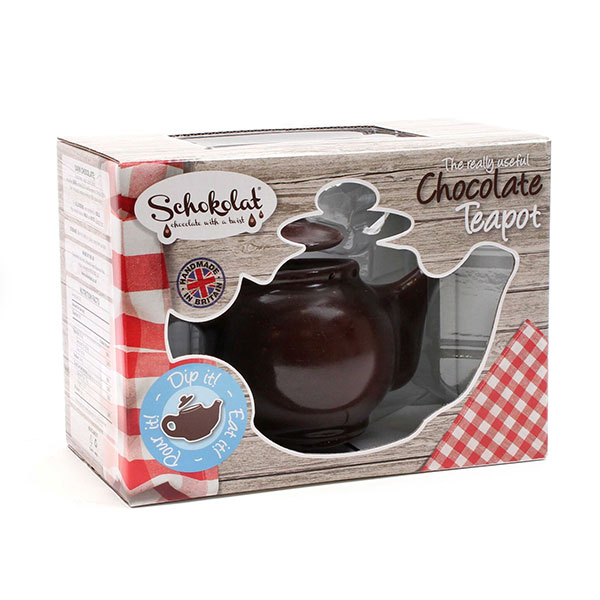
Schokolat Teapot
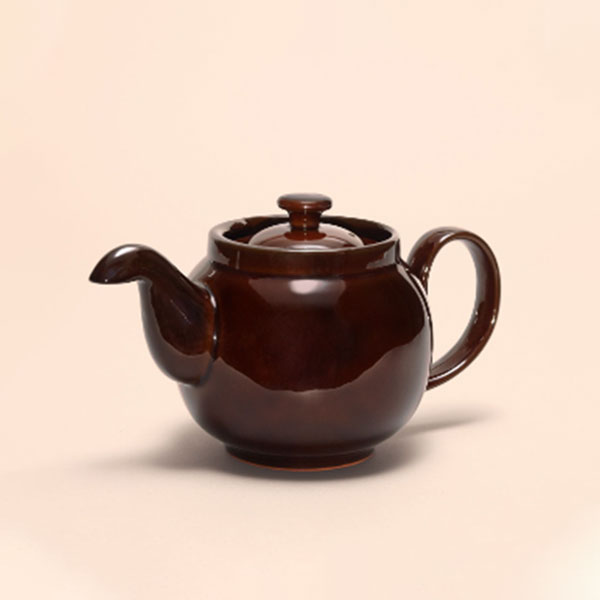
Brown Betty Teapot
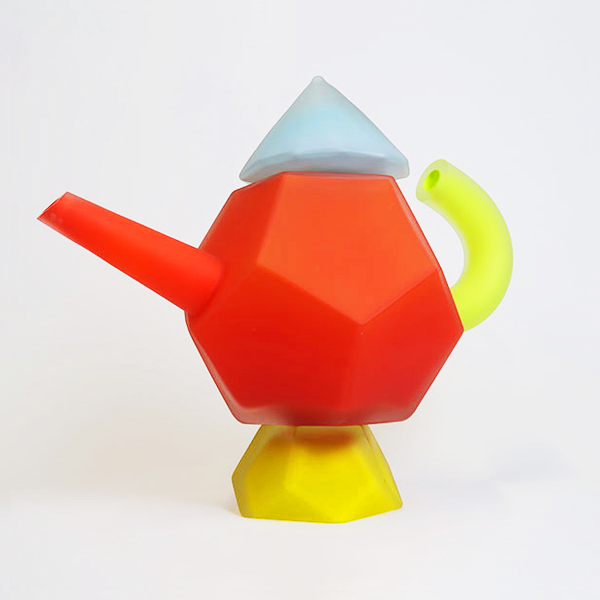
Teapot Rob Stern
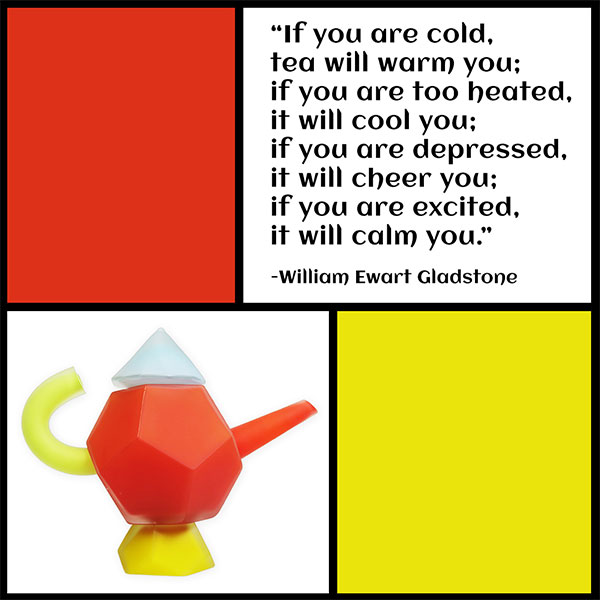
Rob Stern Teapot
